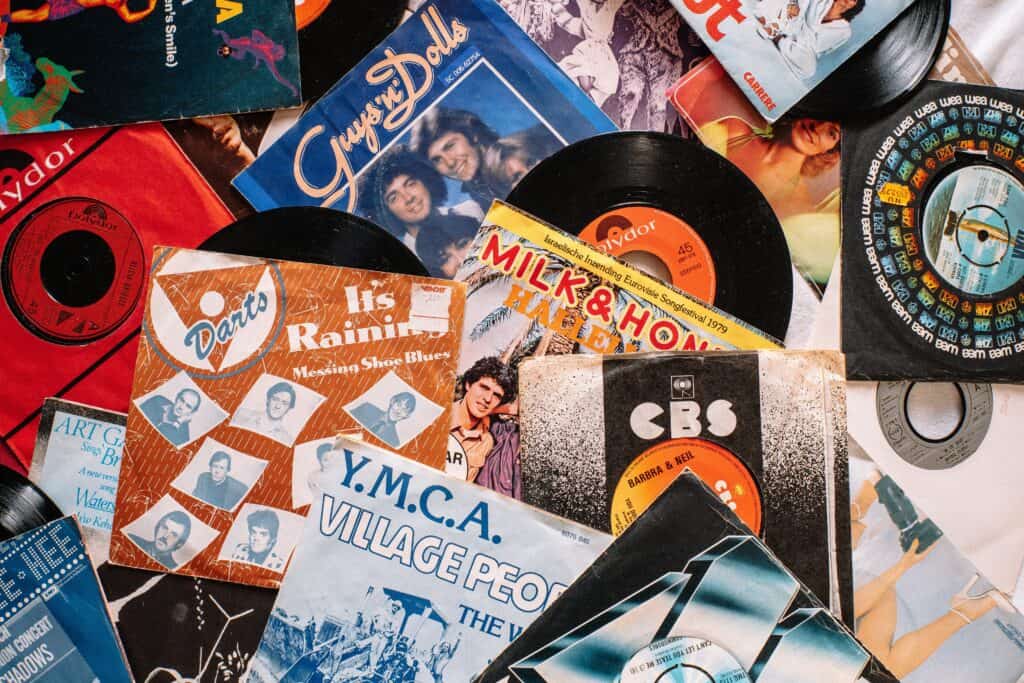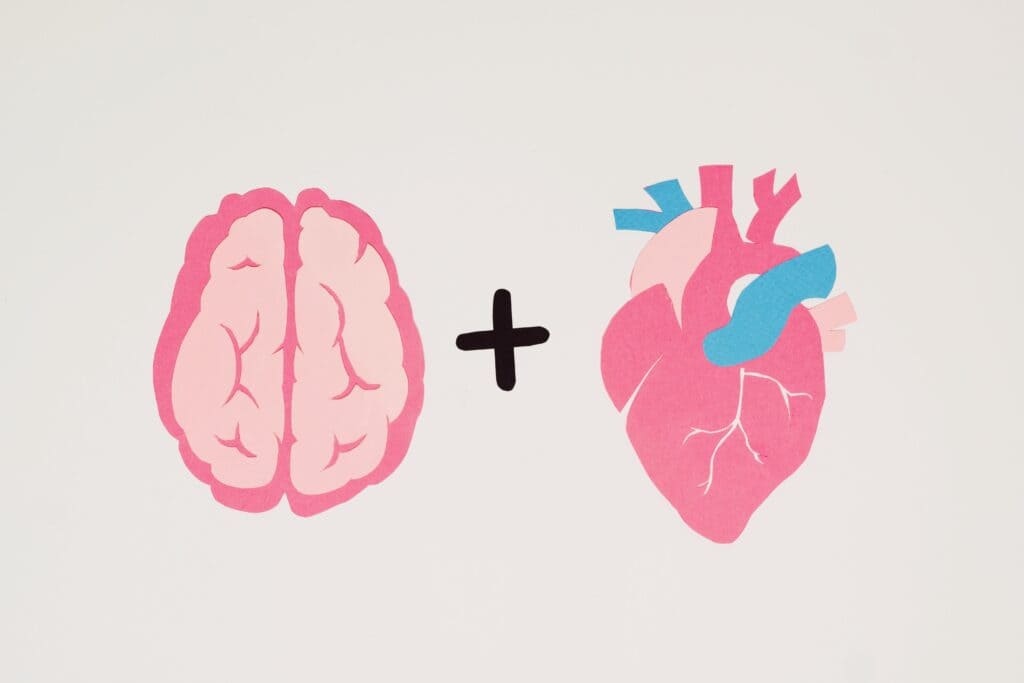The Gateway to Our Emotions and Our Bodies Through Music
by Molly Okeon, MS, LPC-MHSP of Ferren Family Counseling
“Listening to music has a positive impact on our health by helping us recover faster when we experience stress and through the reduction of the stress hormone cortisol to help us achieve a calm state or homeostasis.”
— Alex Doman, music producer and author of Healing at the Speed of Sound: How What We Hear Transforms Our Brains and Our Lives
For mental health professionals, utilizing music in therapy can be an essential tool for connection and change. Familiar music creates nostalgia, reminding us of times – both uplifting and difficult – in our lives. It is crucial for mental health clients to be able to access their emotions, which can be a struggle for those who have experienced traumatic events; suffer from chemical imbalances such as depression, anxiety, bipolar disorder and other mood disorders; or struggle with alcoholism and addiction.
For clients who have been sexually assaulted, their bodies are no longer a safe place. Traumatic events such as these create negative cognitions about themselves, including the belief that they are permanently damaged or somehow unworthy of love. Music can create a gateway between our emotions and bodily sensations.
According to board-certified music therapist Lorrie Kubicek, MT-BC, the impact of listening to music can create an instantaneous effect on our mental health. At the base of psychologist Abraham Maslow’s “Hierarchy of Needs” pyramid are physiological needs, including sleep, food, exercise, shelter, etc. Music can help us meet these needs. Mental health counselors will find that, without sleep, even with a full toolbox of therapeutic coping skills and the appropriate psychotropic medications, most clients can’t get their heads above water.

Kubicek recommends “easing a transition to sleep with a soothing playlist.” Also in the base of Maslow’s hierarchy of needs is the need for exercise or movement. Kubicek suggests listening to upbeat, fast-paced dance music in order to find motivation for exercise. Exercise doesn’t always have to be intensive or long–necessary movement can equal a walk around the block or dancing alone at home several times a week.
In the brain, music works by creating emotional reactions in the nucleus accumbens and the amygdala. The brain’s visual cortex is activated, resulting in the sound generating visual memories, perhaps in conjunction with repeatedly listening to a particular song or hearing it for the first time during a period of time in one’s life. This results in nostalgia, defined by Merriam-Webster dictionary as “a wistful or excessively sentimental yearning for or return to some past period or irrecoverable condition.”
If you are considered part of the later Generation X era, born between the years of 1965 and 1980, hearing grunge bands such as Pearl Jam, Alice in Chains, Nirvana or Soundgarden may evoke memories of high-intensity, loud, wild concerts or singing along passionately to lyrics that were both meaningful and relatable while driving with friends.
Hearing the songs as an adult may result in a longing for a simpler time in life with less responsibilities, a time when you didn’t have to worry about paying bills, keeping a roof over your head, or working for a living. The emotional end result could be both uplifting and trying at the same time; however, either way, it can also be key in opening up an emotional and sensory connection to one’s mind and body that could otherwise not be accessed.
In a therapeutic setting, music therapists–who have specialized master of arts degrees in music therapy–can utilize music in two ways: active and receptive interventions. Active interventions with clients involve making music, whether writing lyrics together or working with the therapist as they play a particular instrument to develop a melody for their own song.
Clients who are musicians can utilize the instruments they play to develop a song on their own with the input of the therapist. Receptive interventions typically include listening to music rather than creating it. A therapist will play a recording and process the resulting thoughts and feelings that arise as the result of hearing it. Either option allows the client’s brain to connect and engage the body, empowering them to explore their feelings in a deeper, more intimate manner.
Counselors strive to help their clients develop a better understanding of themselves, their patterns, their relationships and the world around them. Music can be a conduit in that journey, enhancing the client’s experience of life and helping them move forward in a more authentic, congruent way.
Music and the Brain

Playing and listening to music works several areas of the brain
Corpus callosum: Connects both sides of the brain
Motor cortex: Involved in movement while dancing or playing in instrument
Prefontal cortex: Cotrols behavior, expresison and decision-making
Nucleus accumbens and amygdala: Involved with emotional reactions to music
Sensory cortex: Controls tactile feeback while playing instruments or dancing
Auditory cortex: Listens to sounds; perceives and analyzes tones
Hippocampus: Involved in music memories, experiences and context
Visual cortex: Involved in reading music or looking at your own dance moves
Cerebellum: Involved in movement while dancing or playing an instrument, as well as emotional reactions
Featured image via Unsplash


